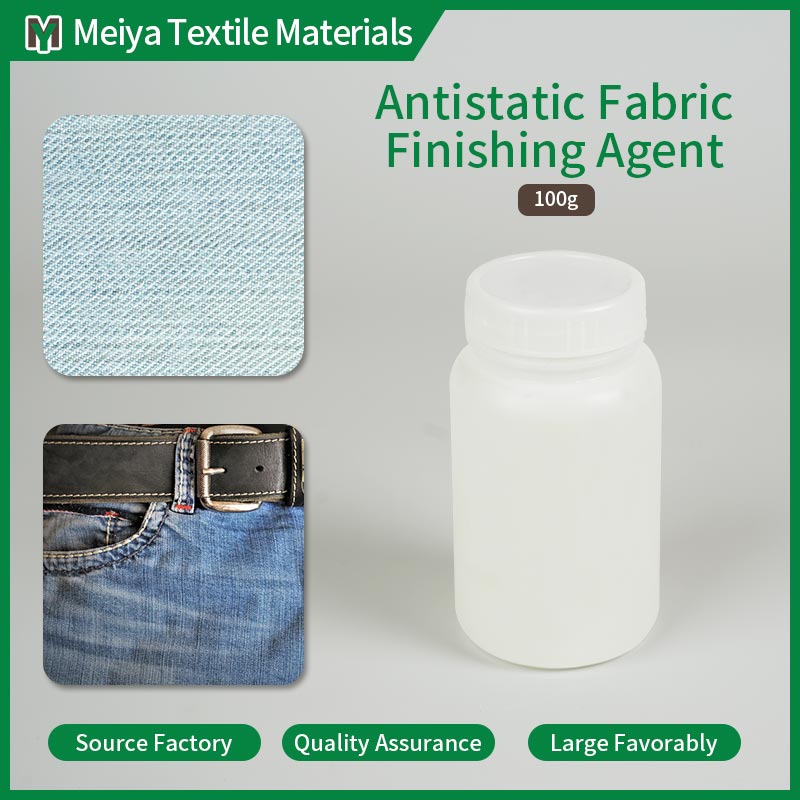Textile Antistatic Agent: Antistatic Agent for The Textile Industry
In the modern textile industry, static electricity has always been an important factor affecting fabric quality, safety and usability. To meet this challenge, an efficient and reliable Textile Antistatic Agent has emerged as an indispensable auxiliary agent in textile production. This article will explore in depth the characteristics, applications and changes that this Textile antistatic agent has brought to the textile industry.
Textile Antistatic Agent is a highly effective product designed to eliminate static electricity accumulation. In the textile production process, static electricity not only affects the smoothness and production efficiency of the fabric, but also poses a threat to the safety of operators. This Textile Antistatic Agent is developed using advanced technology to ensure that the fabric remains static-free during production and use. Especially in high-speed manufacturing environments, its excellent static control ability can significantly reduce production interruptions caused by static electricity accumulation and improve overall production efficiency.
In addition to its effective static elimination function, Textile Antistatic Agent also has excellent long-term protection performance. Fabrics treated with this auxiliary agent can still maintain good antistatic effects even after multiple washings. This feature makes it an ideal choice for textiles that require long-term static protection. At the same time, the additive also focuses on environmental protection and sustainability, and its non-toxic and environmentally friendly formula ensures safe use by staff and end users.
In terms of improving fabric performance, Textile Antistatic Agent also performs well. It not only prevents static electricity generation, but also significantly improves the softness and durability of fabrics. The treated fabric feels more comfortable and is more suitable for consumers to wear and use. In addition, the additive has good compatibility and is suitable for various textile materials, including synthetic fibers, natural fibers and blended materials, providing a variety of solutions for the textile industry.
In practical applications, Textile Antistatic Agent has demonstrated its unique value in many fields. In synthetic fiber production, it is widely used to solve the common static electricity problems of synthetic fibers such as polyester and nylon, ensuring the smooth progress of the production process and high standards of product quality. In the clothing manufacturing industry, the additive is used on various clothing fabrics to effectively prevent static adsorption and improve wearing comfort. In addition, in the fields of home textiles, industrial textiles and non-woven materials, Textile Antistatic Agent also plays an important role, bringing a safer and more comfortable experience to people's living and working environment.
In order to ensure the best effect of Textile Antistatic Agent, certain application guidelines need to be followed when using it. This includes the correct dilution ratio, application method, and regular static testing. At the same time, storage conditions are also crucial. It should be stored in a cool and dry place and avoid exposure to extreme temperatures or direct sunlight. In addition, before applying Textile Antistatic Agent to new materials, compatibility testing is recommended to ensure the best effect.
In summary, Textile Antistatic Agent plays an increasingly important role in the textile industry with its efficient static elimination ability, long-lasting protection performance and wide compatibility. It not only improves the quality and safety of fabrics, but also brings higher production efficiency and market competitiveness to textile companies. With the continuous advancement of science and technology and the continuous development of the textile industry, it is believed that Textile Antistatic Agent will continue to bring more innovation and changes to the textile industry in the future.

